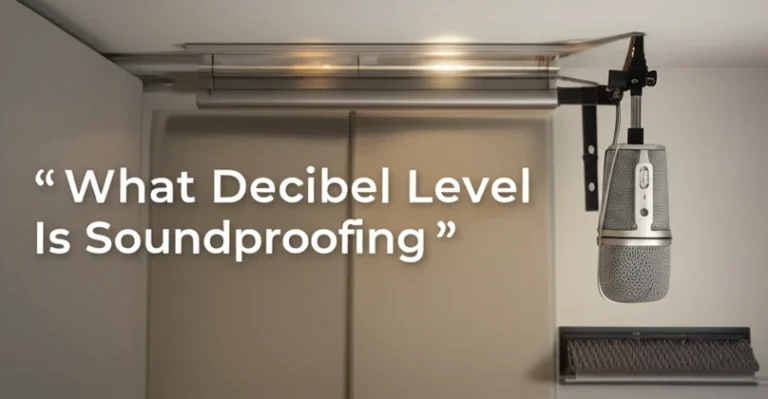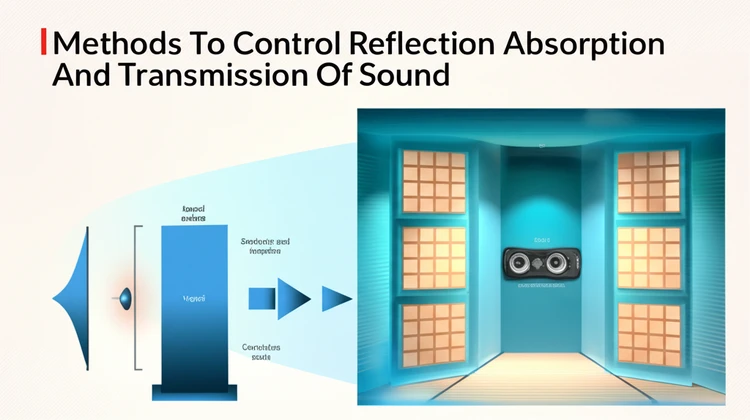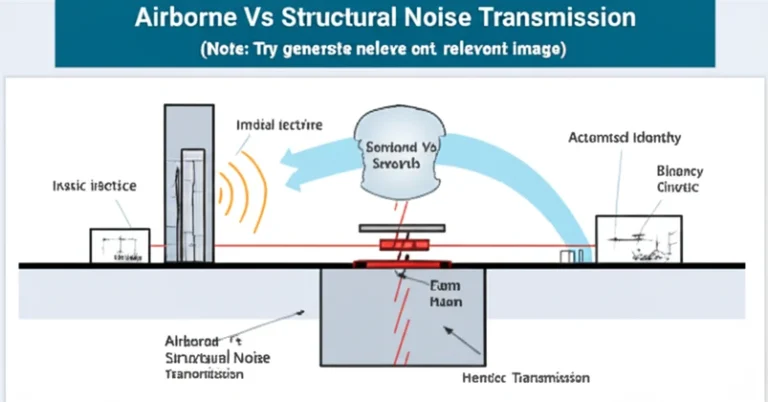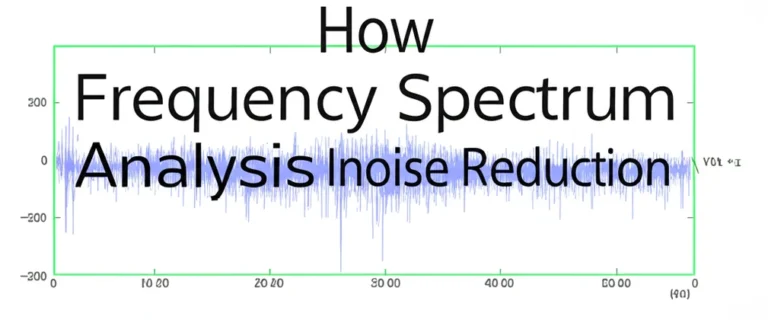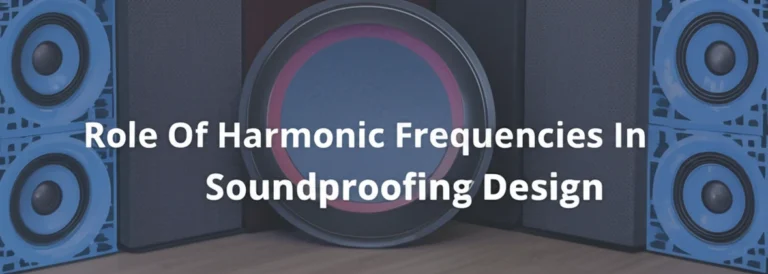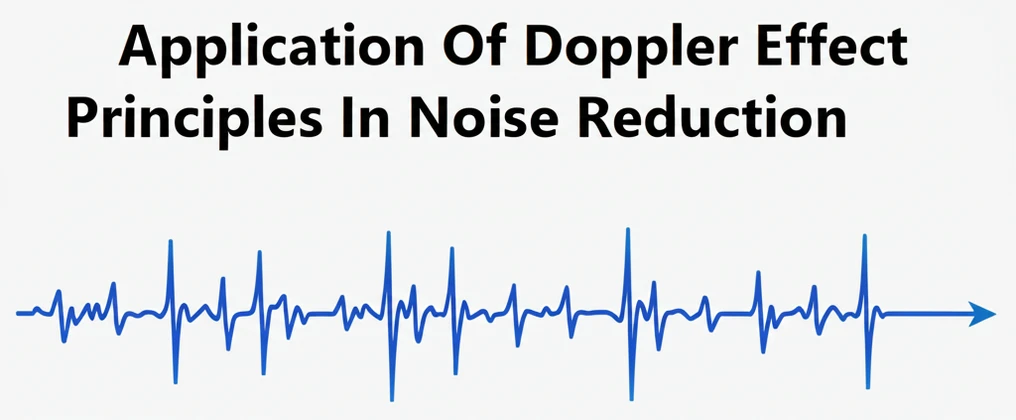
From the subtle shift in the siren’s wail as an ambulance races past to the sophisticated technology embedded in noise-canceling headphones, the Doppler Effect plays a surprising role in shaping our acoustic environment. This article delves into the fascinating application of Doppler Effect principles in noise reduction, exploring how this fundamental physics concept is being harnessed to create quieter and more comfortable spaces.
What Is the Doppler Effect?
The Doppler Effect describes the change in the observed frequency of a wave (like sound) as the source and the observer move relative to each other. Imagine a stationary ambulance with its siren blaring.
The sound waves propagate outward at a constant frequency. However, if the ambulance starts moving towards you, the sound waves are compressed in front of the vehicle, reaching your ears more frequently, resulting in a higher perceived pitch. Conversely, as the ambulance moves away, the sound waves are stretched out, leading to a lower perceived pitch.
This change in frequency is the essence of the Doppler Effect.
Challenges of Noise Pollution
Noise pollution poses a significant challenge to modern society, impacting our health, well-being, and overall quality of life. Understanding the diverse sources of noise is crucial for developing effective noise reduction strategies. Key contributors to noise pollution include:
Urban Noise Pollution
Cities are characterized by a constant barrage of sounds from traffic, construction, and human activity.
This continuous exposure to elevated noise levels can lead to stress, sleep disturbances, and even hearing loss.
Transportation Noise
Transportation systems, including aircraft, trains, and automobiles, generate substantial noise pollution. Managing this noise is essential for both passenger comfort and the well-being of communities near transportation hubs and routes.
Industrial and Residential Noise
Industrial activities, from manufacturing plants to power generation facilities, often produce high levels of noise that can impact nearby residential areas. Within residential environments, noise from appliances, neighbors, and external traffic can also contribute to an uncomfortable soundscape.
How the Doppler Effect Reduces Noise
The Doppler Effect plays a key role in active noise cancellation (ANC), a technology designed to mitigate unwanted sounds.
ANC systems leverage the Doppler Effect implicitly. They continuously analyze incoming sound waves, which have varying frequencies due to the relative motion between the noise source and the listener. By understanding these Doppler-induced frequency shifts, ANC systems can predict the characteristics of the incoming noise and generate anti-noise (a sound wave with the opposite phase) to cancel it out.
This process is particularly effective in environments with moving noise sources, where the Doppler Effect is most pronounced.
Applications of Doppler Effect in Noise Reduction
Transportation Sector
Active noise cancellation technology, based on the principles of the Doppler Effect, is increasingly integrated into vehicles, aircraft, and trains to improve passenger comfort. In aviation, researchers are exploring how Doppler principles can inform engine design and flight paths to minimize noise during takeoff and landing.
Consumer Devices
Noise-canceling headphones and earbuds employ ANC technology, which utilizes the Doppler Effect to analyze and counteract incoming noise. This allows for a clearer and more immersive listening experience, particularly in noisy environments.
Smart home devices are also beginning to incorporate Doppler-based noise reduction features.
Advanced Technologies Utilizing Doppler Principles
While Doppler radar is primarily used for measuring the speed of objects, it can also contribute to noise monitoring by tracking the movement and location of noise sources, such as vehicles in urban environments. This information can be invaluable for developing targeted noise reduction strategies in urban planning and environmental management.
AI Integration
The integration of Artificial Intelligence (AI) with Doppler principles is showing promise in enhancing the precision of noise detection and enabling real-time sound adjustments in ANC systems. AI algorithms can learn and adapt to different noise profiles, making noise cancellation more effective in complex and dynamic environments.
FAQ
What is the Doppler Effect’s role in noise reduction?
The Doppler Effect is crucial for analyzing and predicting the changing frequencies of sound waves in motion.
This information is fundamental to designing effective active noise cancellation systems.
Can the Doppler Effect completely eliminate noise?
While complete noise elimination is challenging, the Doppler Effect, through its application in ANC, can significantly reduce unwanted noise, particularly in environments with moving sound sources.
Where is the Doppler Effect most useful for noise control?
Doppler-based noise reduction is most effective in situations involving moving sound sources, such as transportation, and in consumer devices like headphones where ANC can create a quieter personal soundscape.
Are Doppler-based systems affordable?
The cost of Doppler-based noise reduction systems varies. While advanced systems can have higher initial costs, the long-term benefits in terms of improved comfort, productivity, and health often outweigh the investment.
Conclusion
The Doppler Effect, a seemingly simple concept from physics, has proven to be a powerful tool in combating noise pollution. Its application in active noise cancellation technology has revolutionized the way we experience sound in various environments, from transportation to consumer electronics.
As research and technology continue to advance, we can expect even more sophisticated and effective applications of the Doppler Effect to emerge, shaping a future with quieter and more comfortable soundscapes. Explore the benefits of this technology today by considering noise-canceling headphones or researching the latest advancements in noise reduction solutions for your specific needs.

